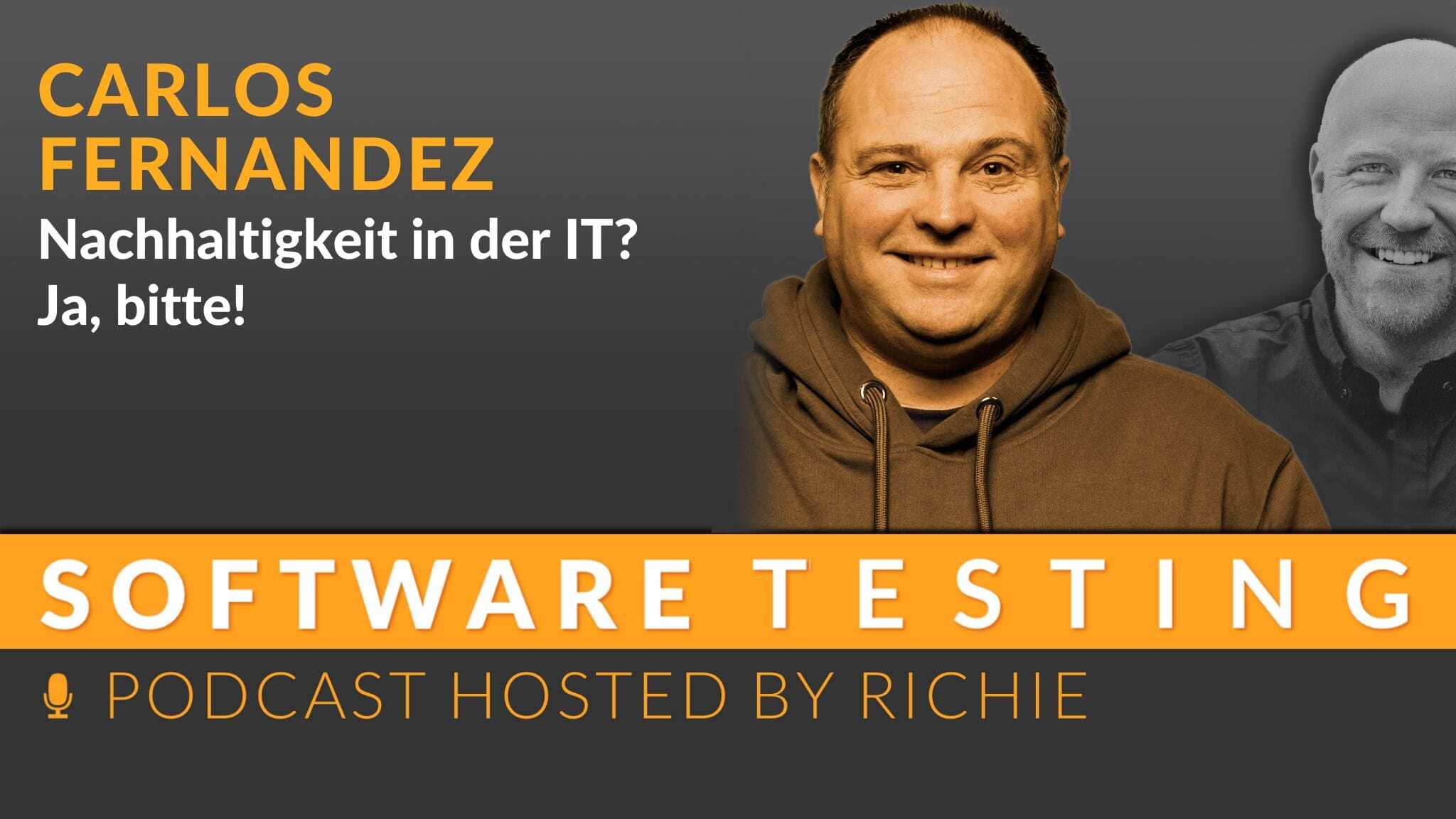Quality by Design
Podcast Episode: Quality by Design What you can learn from another industry! Alessandro comes from the software sector, Thomas from the...

Liberating Structures are a form of collaboration in which everyone in the team is involved. This method is particularly valuable when the classic meeting or workshop is no longer effective. It opens up new ways to increase commitment and collaboration. Liberating Structures are simple and can be implemented without training. Christian talks about how he establishes Liberating Structures in teams and how he uses them himself.
"You know that nice statement: 'I broke the system' (...) I don't believe it, the only thing we break is the illusions others have that it could work" - Christian Kram
As a trainer and consultant, Christian focuses on software testing and agility. In over a decade in various roles, he has contributed significantly to quality assurance in customer projects. He emphasizes agile and exploratory testing as well as quality awareness in the development process. As an agile coach and product owner, he established agile methodologies in projects and shares his practical knowledge in training courses on product ownership.
In the latest podcast episode, I talk to Christian Kram about Liberating Structures - a toolkit designed to encourage engagement and collaboration in teams. We dive into the importance, application and benefits of these methods, especially for testing and quality.
Today I had the pleasure of welcoming Christian Kram, who shared his enthusiasm for Liberating Structures with us. This collection of methods aims to increase collaboration and engagement in teams. He explained to us how Liberating Structures are far more than just workshop methods; they provide a framework to ensure that everyone in the team is heard. This approach is not only relevant for workshops and trainings, but also has the potential to transform our daily work.
Christian explained the basic idea behind Liberating Structures: it is a toolbox for facilitation methods that aims to involve all participants and extract valuable ideas from the entire group. Unlike traditional facilitation methods, where one person often dominates the discussion, Liberating Structures allows everyone to contribute. This method can help to overcome common barriers such as the 'HIPPO effect', where the opinion of the person in the highest hierarchical position prevails, and instead create an environment of shared discovery and learning.
Christian provided an example of the application of Liberating Structures with the '1-2-4-All' format. This format encourages individual reflection and exchange in groups of two and four and ultimately in the group as a whole. This structured approach allows each team member to contribute their thoughts and ideas - an approach that can be very helpful when making decisions about new office space, for example. The concept of active listening and the joint development of solutions is at the heart of this format.
As someone who comes from a testing background, I was particularly curious to learn how Liberating Structures can be applied in testing and quality. Christian explained various formats such as 'Troika Consulting', which enable testers to receive feedback and new impulses for their work. These methods promote an intensive examination of test cases and requirements and offer a fresh perspective on established processes.
Christian's recommendation is clear: the best way to truly understand and appreciate the value of Liberating Structures is to try it out for yourself. The availability of resources such as liberatingstructures.com or local user groups provide excellent opportunities to immerse yourself in this world of methods. By experiencing these structures in a participatory way, skeptics can often be convinced - not least by the concrete results and solutions to current challenges.
The conversation with Christian gave me personally new insights into how we can improve the way we work through innovative workshop methods. Liberating Structures symbolize an inclusive and collaborative work culture. For anyone interested in these methods, our exchange provides an excellent basis for further research and experimentation.

Podcast Episode: Quality by Design What you can learn from another industry! Alessandro comes from the software sector, Thomas from the...

Podcast Episode: Planet Earth as a Stakeholder Everyone is talking about sustainability, some are excited about it, others roll their eyes. But...

Podcast Episode: Sustainability in IT - Yes, please! Sustainability in IT is becoming increasingly important, especially through performance...